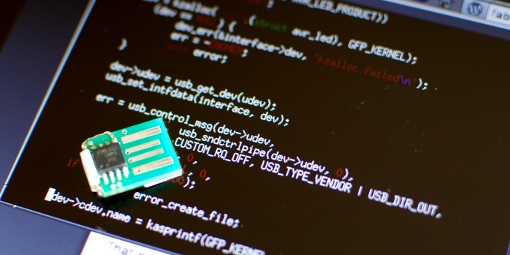Breakout Board for Wireless Devices Using the Nordic nRF24L01+
2014/06/15 Leave a comment
Recently I’ve been playing a lot with sensors around the house and I’ve decided to make myself a breakout board with all of the common parts the sensor board, including the power supply, microcontroller, wireless interface and
battery charger.
This board can be used to quickly deploy some sensors or actuators, and can be configured to work from battery (for low power applications) or from an USB port (to be used with phone charger). The PCB fits into an Hammond 1551R box.














